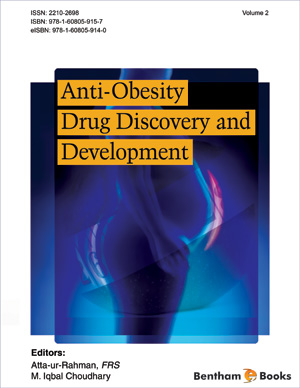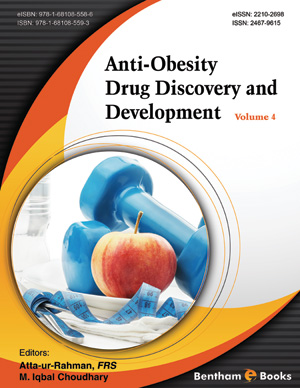Abstract
Atherosclerosis is a potentially fatal disease of the arteries affecting everyone, yet there are relatively few animal models that enable research into the events leading up to the rupture of an atherosclerotic plaque (the underlying cause of the majority of fatal thrombotic events). The apolipoprotein E knockout (ApoE-/-) mouse has been used for over a decade now, because when fed a high-fat diet it develops lesions in the brachiocephalic artery that spontaneously rupture at a known time point. Critics argue that the ApoE-/- mouse does not exactly replicate human atherosclerotic plaque rupture, yet this model gives us valuable insight into the mechanisms and processes leading up to this clinically significant event. In this article, atherosclerosis shall be discussed, followed by some examples of animal models of atherosclerosis and plaque rupture used before the development of the ApoE-/- mouse model. Differences between mice and humans, and also the reasons that the ApoE-/- mouse model is of great benefit to the field of atherosclerotic plaque rupture are discussed, followed by recent translational applications of the model.
Keywords: Animal model, apolipoprotein E, atherosclerosis, cardiovascular disease, drug discovery, drug development, mouse, plaque rupture, statin, thrombosis, translational model.






















